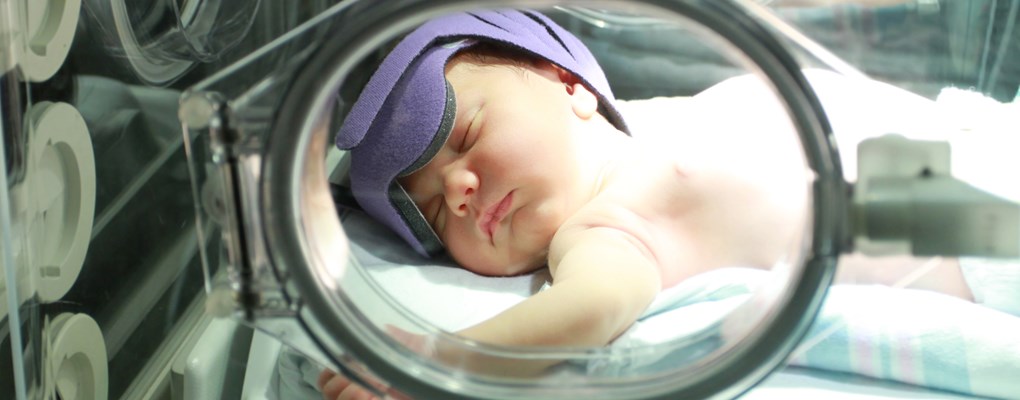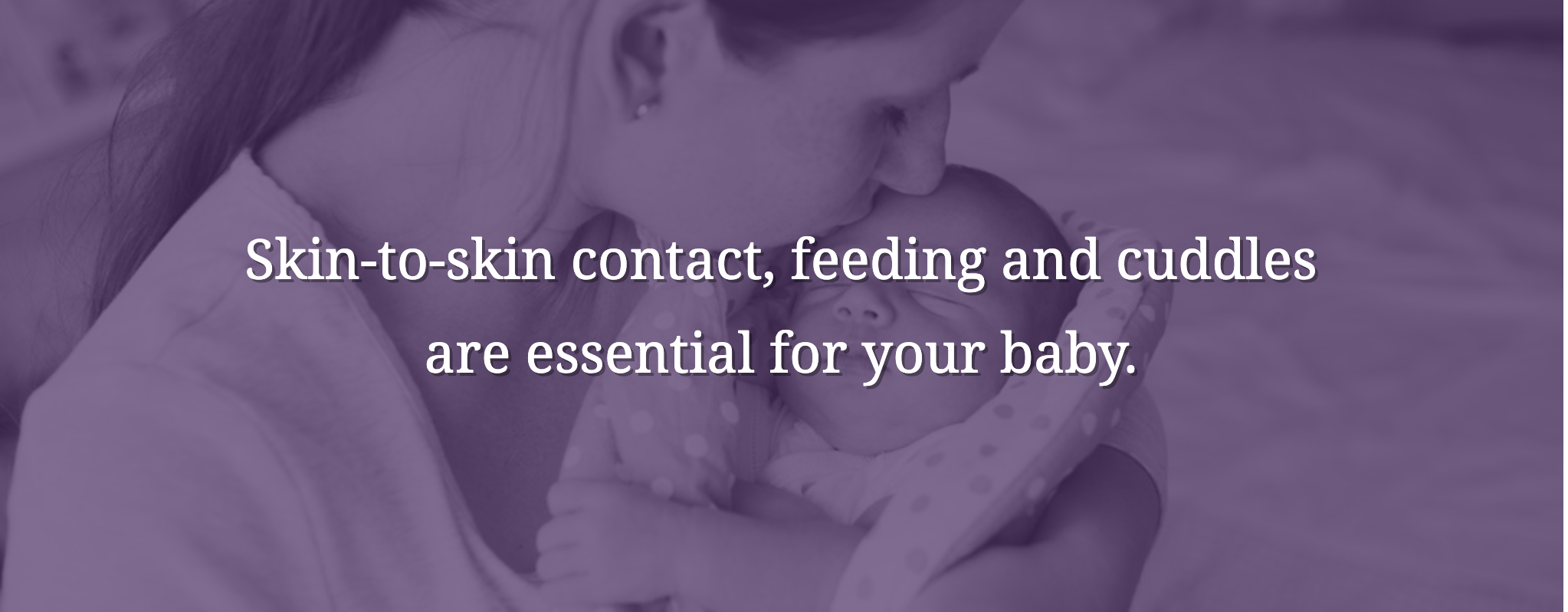Jaundice
Jaundice is one of the most common conditions needing medical attention in both term and preterm babies. It refers to the yellow colouration of the skin as well as the whites of the eyes
Jaundice or “Hyperbilirubinemia” is a condition where bilirubin in the skin and mucous membranes is accumulated. It is mainly due to the liver’s immaturity and immature, fragile red blood cells. For most babies, jaundice is not an indication of an underlying disease and is generally harmless. Usually, it resolves as the baby matures and develops.
What is bilirubin?
Bilirubin is a yellow compound/pigment produced from the breakdown of red blood cells. It is mostly ‘bound’ to a protein in the blood and the majority of it is excreted in the baby’s stools. However, some of it is free, or not bound, and has the potential to pass through a membrane that separates the blood from the brain, the blood-brain barrier. This can be toxic to the brain and spinal cord which can lead to both short- and long-term neurological issues. The risk of this happening is increased in babies with extremely high bilirubin levels (a condition referred to as Kernicterus).
Causes of Jaundice
There are many other possible causes of jaundice including:
- immaturity of red blood cells
- blood group incompatibility, most commonly Rhesus or ABO group incompatibility
- haemolysis, i.e. the breaking down of red blood cells
- sepsis, i.e. infection; liver disease
- bruising
- metabolic disorders.
- the lack of a particular enzyme (this generally runs in families and is more prevalent in certain ethnic groups).

How Common is Jaundice?
Approximately 60% of term and 80% of preterm babies develop jaundice within the first week of life. Preterm babies have a greater chance of developing jaundice than term babies.
Breastfed babies are more likely than bottle-fed babies to develop physiological jaundice within the first week which may persist beyond the first 14 days. Approximately 10% of breastfed babies remain jaundiced at 1 month, but in general, prolonged jaundice is harmless, although in some cases it can be an indication of serious liver disease.
Recognising Jaundice
Recognising jaundice can be difficult, particularly in babies who have darker skin tones. Blood tests are taken to measure the level of bilirubin, which also determine if certain antibodies or proteins are present on the surface of the red blood cell. This test is called Direct Coombs Test, or DCT. Once the presence and severity of jaundice has been recognised, the baby is treated by being placed under lights – a treatment called phototherapy.
Phototherapy
Phototherapy, or ‘light therapy’, involves exposing your baby to a special light source unit. During phototherapy, the baby is undressed to their nappy and their eyes are covered with eye pads to protect them from the bright light.
The light may be white, blue, or green. A single light source or multiple sources of light may be used depending on the level of bilirubin in the blood and the gestational age of the baby.
Phototherapy is usually needed for a few days. Treatment is continued until the level of bilirubin drops below a treatment line for the particular gestational age of the baby, and remains at this lower level for a minimum of six hours. Treatment will break down the bilirubin which will be excreted in your baby’s stool. As your baby matures, the ability of their liver to break down bilirubin will increase.
The lights may cause a mild rash, but this quickly heals when phototherapy stops.
Finally, if you arrive at the unit when your baby is receiving phototherapy, the nurse will temporarily stop therapy. You are an essential part of your baby’s development. Your time together is better spent for skin-to-skin contact, cuddles, and feeding.


